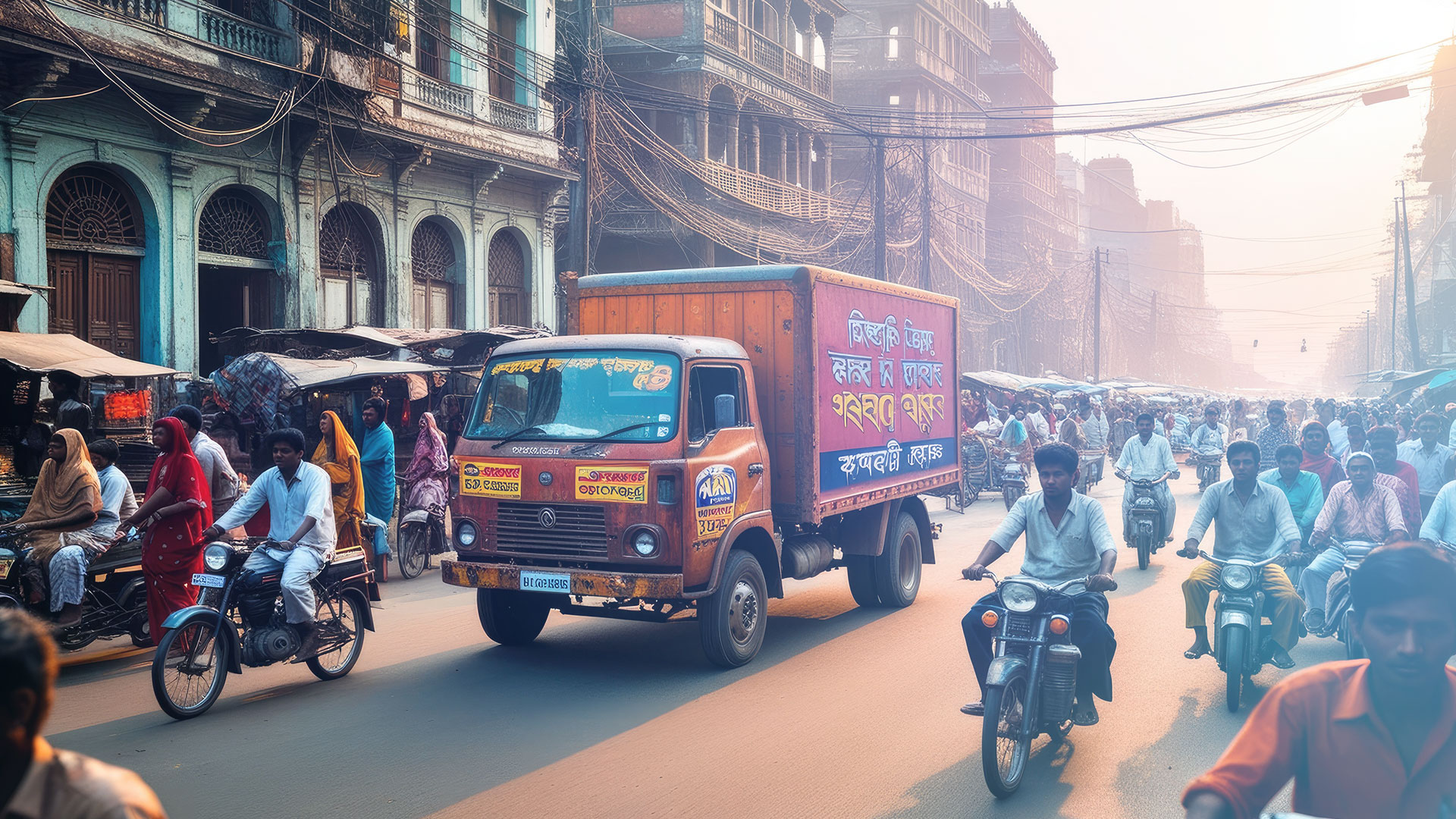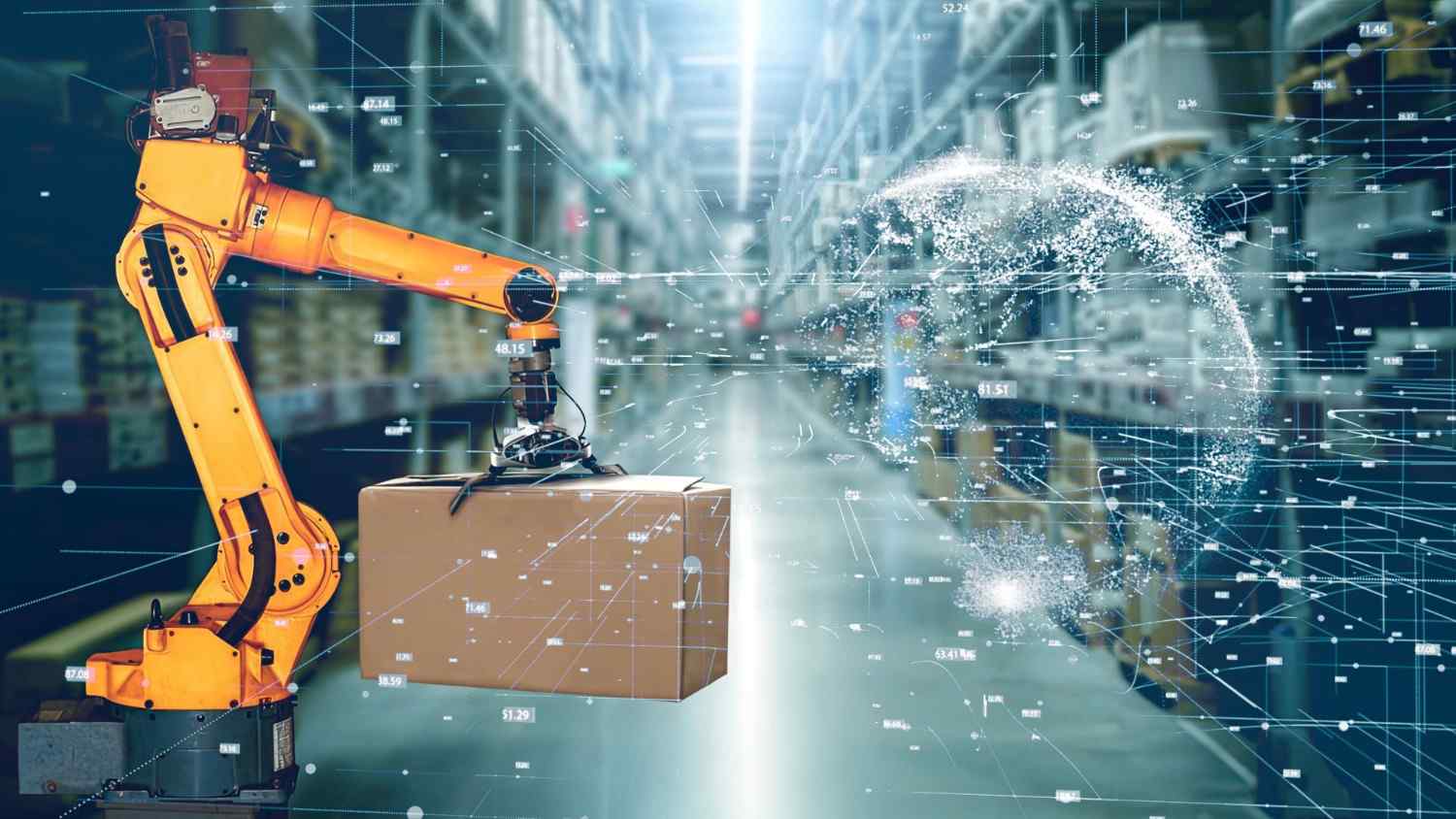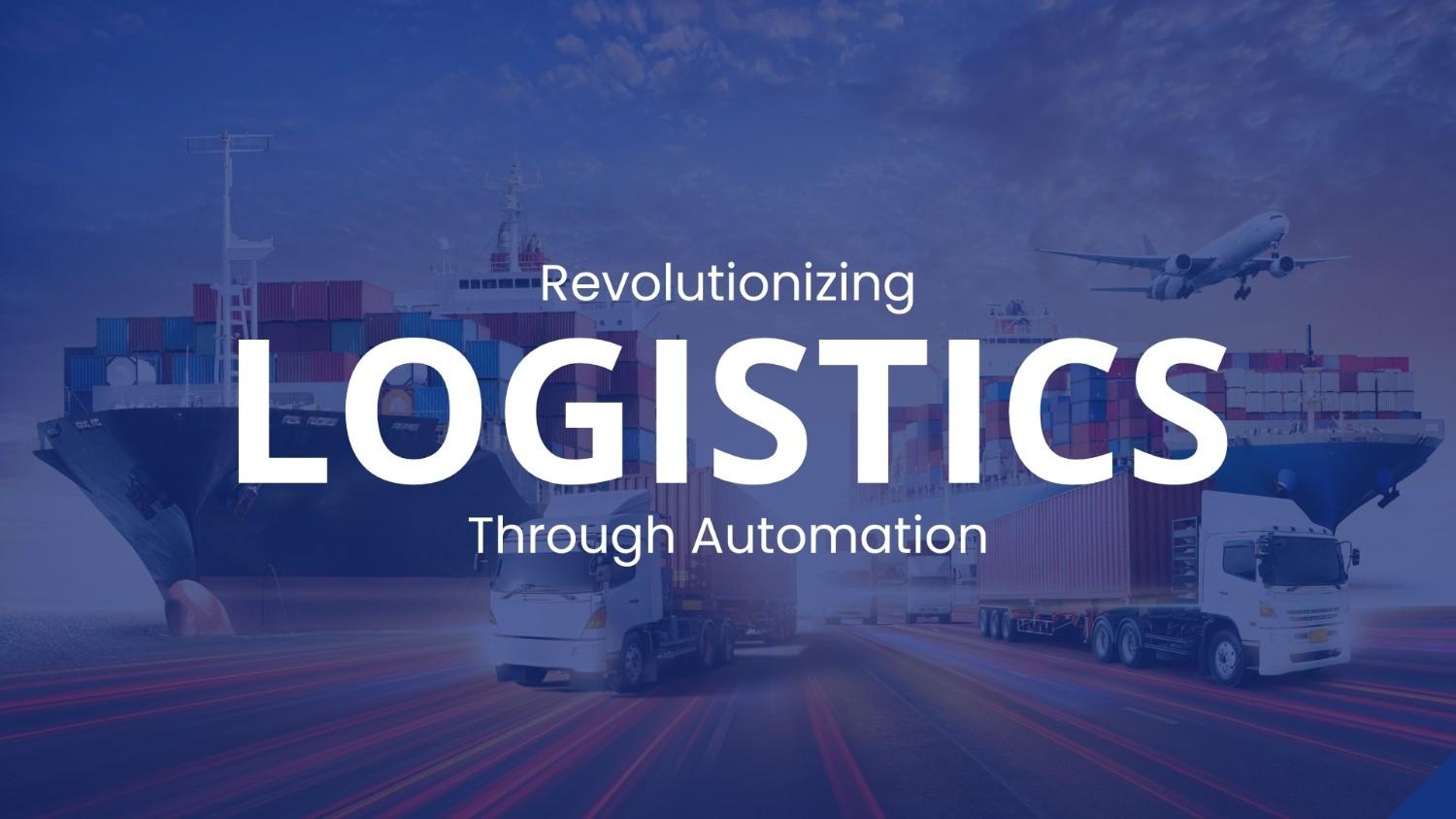
Since the last few decades, there has been a fast urbanization rate in Bangladesh whereby the country has changed from being largely agricultural to one with cities that grow at an unprecedented pace. As individuals move into towns due to the high demand for better jobs, education, and healthcare; the country’s urban landscape is transforming very much. For instance, Dhaka – its capital city – has become among the world’s most crowded cities while Chattogram and Khulna have also seen their populations rise rapidly over time.
This transformation has posed major challenges and prospects for multiple sectors including last-mile delivery services. The rise in internet shopping alongside the sprawl of cities has resulted in a complicated environment for the delivery of goods. This blog discusses the effects of rapid urbanization on last-mile delivery in Bangladesh including challenges faced, opportunities unlocked as well as some emerging solutions.
E-commerce Boom and Its Reliance on Last-Mile Delivery
In Bangladesh, especially within the cities, e-commerce development has reached an explosive peak. The accessibility to the internet and smartphones have made picking out and purchasing items through these devices more convenient than using any other method of shopping. From groceries to appliances, all different kinds of commodities could be procured by just clicking some buttons.
Last-mile delivery- which represents the last phase of moving goods from stores to buyers’ homes- is fundamental for e-commerce success. In most cases, this section is usually the most costly and complex deal when it comes to delivery processes, especially in densely populated places with heavy traffic jams, narrow streets as well as no true addresses that may confuse logistics operations.
Challenges in Last-Mile Delivery Due to Urbanization
The last-mile delivery has been made more difficult by urbanization in Bangladesh which has brought about unique challenges. Most of these problems include:
1. Traffic Congestion:
The more people move into cities the more vehicles there are on the roads causing terrible traffic jams. Dhaka for example is known for its paralysis which makes a trip of 15mins take around 2 hours. This causes late delivery of goods, expensive gas usage, and idle delivery lorries thus decreasing their effectiveness in delivering parcels.
2. Poor Infrastructure:
Infrastructure is insufficient in most urban areas, particularly in fast-growing cities. In slums and older areas of cities, delivery vehicles may find it hard to get to intended locations because of narrow, unpaved roads. The absence of precise signboards and addressing systems also complicates navigation, making deliveries missed or delayed.
3. High Population Density:
Delivery systems can be overwhelmed by the sheer volume of people and activities in cities such as Dhaka, which ranks among the most populated cities in the world. A large number of deliveries made within small geographical boundaries necessitate efficient routing and coordination, which are supposedly hard to achieve because of the dynamic nature of such places.
4. Environmental Concerns:
As cities that battle with air pollution get more delivery vehicles because of urbanization, there are increased emissions of carbon which worsen their environmental problems. Therefore people are calling for alternatives that should be more friendly in terms of the surroundings.
5. Customer Expectations:
With the increase in urbanisation, E-commerce is now part of mainstream life leading to a situation where customer expectations for promptness as well as precision have increased. These days buyers expect delivery on the day of order or, at the latest by the next day; hence increasing the stress on logistics firms who are finding modalities on how to improve their last-mile delivery mechanism.
Innovative Opportunities in Last-Mile Delivery Solutions
Despite the magnitude of the challenges, last-mile delivery is an area that brings about possibilities for innovation due to urbanization. In response to the unique demands of cities such as Dhaka, Chittagong, and Sylhet in Bangladesh, a few interventions are now emerging:
1. Micro-Warehousing:
By establishing micro-warehouses within city limits, companies aim to enhance their inventory management and decrease delivery times. Such strategically positioned smaller warehouses enable faster restocking of products and keep delivery vans operating over short distances thereby minimizing the effects of traffic jams.
2. Electric Vehicles (EVs):
With rising concerns about the environment, electric vehicles are fast becoming a popular option for last-mile delivery among numerous firms. An advantage of using such vehicles is that they emit no emissions thereby reducing the carbon footprint associated with transporting goods from store to customer location. In addition to this, it is much easier for them to explore congested towns and cities, unlike bigger normal delivery vans.
3. Bicycle and Foot Deliveries:
On the other hand, given that areas that are highly populated have serious congestion of traffic, it is commonly observed that bicycles and people who deliver things on foot tend to gain more attention. Notably, these modalities of transport are eco-friendly as they easily reach bulky centers located in narrow streets and other densely populated regions. Timely delivery is now being ensured by companies with the use of local messengers, whom they emphasize because they are better acquainted with the area where delivery will take place.
4. Advanced Route Optimization:
Through utilizing tech, organizations formulate sophisticated methods to streamline contemporary delivery routes. By examining aspects such as congestion trends and pavement quality, these platforms can notably lessen the amount of time taken for a parcel to arrive while enhancing its overall effectiveness.
5. Smart Lockers and Pickup Points:
Because some people do not have homes, we need several ways to deal with this issue of delivery failure. So every city has its smart lockers and pick-up points that allow users to collect their parcels at the perfect time for them. In turn, they result in less-time-consuming re-deliveries as well as less money spent on transport fees.
6. Drones and Autonomous Vehicles:
Drones and driverless cars are still at research level in Bangladesh but their future seems bright in terms of completing deliveries to distant locations. Such innovations can enable your packages to completely avoid traffic jams and be delivered to your house or other specified place of delivery.
The Role of Government and Policy in Shaping Last-Mile Delivery
In Bangladesh, the future of last-mile delivery is largely impacted by government policies and urban planning. As cities expand, there is a need to ensure that such fast-growing urban centers develop their infrastructure within a short time frame. So how can the government promote logistics? These are some of the strategies:
1. Improving Infrastructure:
Last-mile delivery services can be greatly improved by investing in better roads, signs, and address systems. It is vital to expand and maintain urban infrastructure in order to meet the needs of a growing population.
2. Promoting Sustainable Practices:
To promote green delivery methods, the government could give tax breaks, subsidies, or grants to companies that employ electric cars or apply eco-friendly practices.
3. Facilitating Technological Innovation:
For Bangladesh to be the hub of new last-mile delivery solutions, it has to support the growth and use of modern technology like drones and automated vehicles. This may include forming rules that allow its secure testing and implementation.
4. Encouraging Public-Private Partnerships:
The provision of better and stronger final mile delivery services might happen through cooperation between authorities and private individuals. Public-private partnerships may assist in overcoming the discrepancies between the requirements of the logistics field as well as the means at the disposal of state departments.
5. Enhancing Urban Planning:
It is very important for urban planning to be effective and take into account the needs of logistics. This entails regulatory frameworks that promote the establishment of micro-warehousing and distribution centers within urban areas, as well as foresight regarding the eventual inclusion of technologies such as drones or self-driving cars in cities’ transportation systems.
The Social Impact of Urbanization on Last-Mile Delivery Workers
One of the prominent effects of urbanization is the impact on the logistics infrastructure and implications surrounding the social aspect of last-mile delivery workers. Urbanization, with increasing demand for delivery services in urban areas, has contributed to increased job opportunities, especially among low-skill workers. However, it also has serious challenges like:

1. Job Creation:
Job opportunities for delivery workers have arisen due to the rise of e-commerce and the demand for effective last-mile delivery. Youths in cities often work as couriers, and although their jobs are demanding, they can earn a regular salary.
2. Working Conditions:
The life of a delivery worker is a tough go, filled with recklessness in the bumper-to-bumper traffic moving slowly in city centers, working like mad men trying to beat the clock; waking up at the wee hours of dawn only for one phone call from your boss on whether or not you made it. It is very common to see them moving faster than the permitted speeds when they have a lot of packages to deliver. The pressure to deliver quickly can lead to stress and burnout, and in some cases, unsafe driving practices.
3. Lack of Benefits and Job Security:
Several last-mile delivery workers work on a contract basis and do not receive benefits that full-time employees would get like health insurance, paid leave, or job security. This may lead to financial difficulties and a lack of ascending paths in their occupations.
4. Impact of Automation:
When businesses look into using machines and drones for their operations, they worry that these could take the place of human beings. Automation improves production efficiency but does this mean those engaged in last-mile distribution will be out of work forever?
5. Opportunities for Skill Development:
To solve some of these issues, programs must exist that will provide training and capacity building for the last-mile delivery staff. Such programs can assist in transitioning workers into other positions in the logistics industry as well as encourage them to pursue careers in related sectors through the development of new skills.
Case Studies: Innovative Last-Mile Delivery Models in Bangladesh
1. Pathao:
Initially, Pathao functioned as a platform for offering rides but soon transformed into a provider of foodstuff deliveries and also e-commerce freights. This was made possible by utilizing the pre-existing rider’s connection. Fast and reliable last mile delivery service is therefore available at Dharaka town and some other large towns within Bangladesh due to this. Also, they can use motorbikes or cycles to avoid traffic jams leading to reduced time taken in dispatching parcels and low shipping expenses.
2. Paperfly:
Paperfly is an endogenously developed logistics organization dealing in eCommerce delivery services. To overcome challenges brought by urbanization, it has invested in making use of technology to optimize delivery routes as well as enhance efficiency. In addition, the company provides doorstep pick-up and drop off thus facilitating delivery on behalf of small businesses or individual vendors.
3. Chaldal:
Chaldal, an e-commerce grocery store, has developed an impressive last-mile delivery system that serves a variety of towns throughout Bangladesh. The organization employs a blend of small warehouses and effective inventory management techniques to ensure that products reach their destination fast and truly. Chaldal’s emphasis on client satisfaction has enabled it to create a devoted clientele within cities.
The Future of Last-Mile Delivery in Urban Bangladesh
- Increased Use of Technology
- Growth of Sustainable Practices
- Expansion of Micro-Warehousing
- Enhanced Customer Experience
- Policy and Regulatory Support
Conclusion
In Bangladesh, urbanization poses significant challenges as well as opportunities for last-mile delivery. As cities grow bigger and more individuals adopt online purchasing behavior, demand for efficient shipping systems will continue to increase. By adopting advanced technologies, developing supporting infrastructures, and practicing environment-friendly methods, organizations within the same context can maneuver through urban settings while still adding value to their customers.
Last-mile delivery in Bangladesh should focus on innovation, partnership, and meeting the expectations of a rapidly urbanizing population. This poses a challenge for business firms that must be able to change quickly if they want to survive in a dynamic business environment.





